Table of Contents Show
If you often look at the #RVLife hashtags on Instagram or hang out in RVing Facebook groups, you might have seen RVers posting beautiful secluded campsites with no one in sight. They may even boast about their awesome boondocking find. But what is boondocking? How do they find these isolated sites? And is it even legal?
Let’s dive into what boondocking is and how you can do it, too!
What Is Boondocking?
Boondocking is camping in remote areas without hookups. It’s usually free or at a meager cost.
Boondocking will sometimes be called dry camping. Although dry camping technically means you are in a campground that doesn’t have hookups while boondocking is done on free land without any designated campsites. Additionally, there are usually no trash facilities, restrooms, or dump stations either.
Sometimes, you get lucky! Some boondocking spots will have vault toilets, dumpsters, or fresh water filling stations, but they’re not very common.
So, if you want to boondock, you need to be self-sufficient.
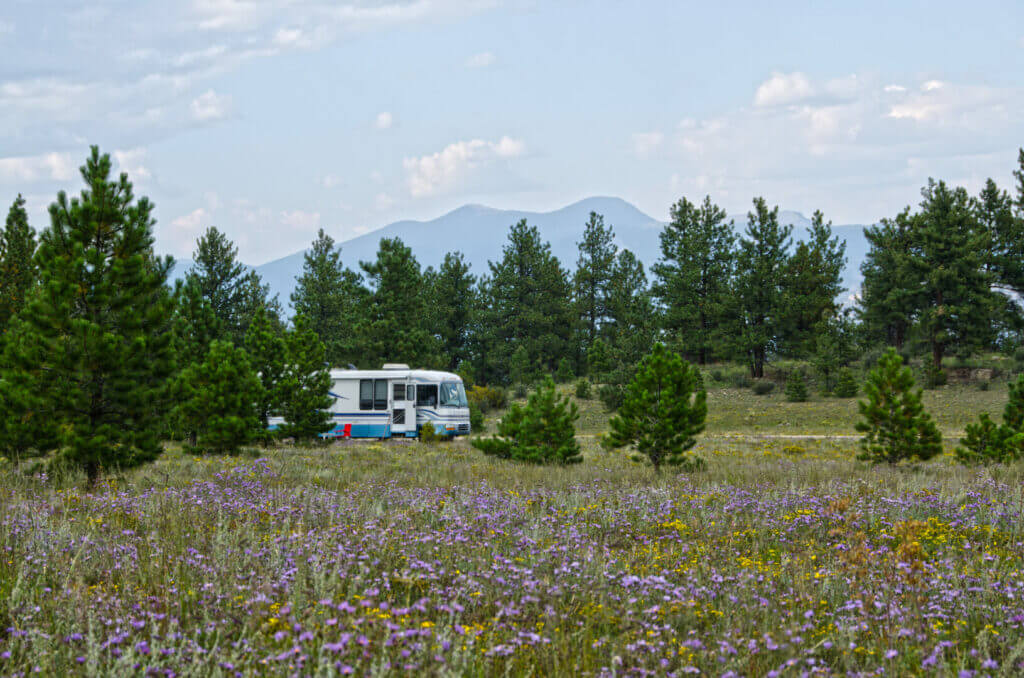
Is Boondocking Really Free?
Yes, boondocking is almost always free! If the state or a private company runs the area, sometimes they’ll ask for a small fee–usually between $5 and $15 per night. The money helps keep the camping areas clean and tidy.
Boondocking Is Truly Remote
Sometimes people refer to dry camping at developed campgrounds as boondocking. They might say the same for sleeping overnight in a Wal-Mart parking lot.
While both of these are dry camping, boondocking is typically more remote. It means camping in remote areas in the U.S., usually on public BLM land (Bureau of Land Management) or on National Forest lands.
These areas are typically far from any city or developed areas and have no facilities or amenities. Nothing but you and the great outdoors!
Is Boondocking Legal?
Yes! Boondocking is totally legal.
Boondocking is also called dispersed camping. The BLM and National Forest jurisdictions allow dispersed camping in areas where it doesn’t conflict with other authorized uses (like hunting) or interfere with natural resources or wildlife.
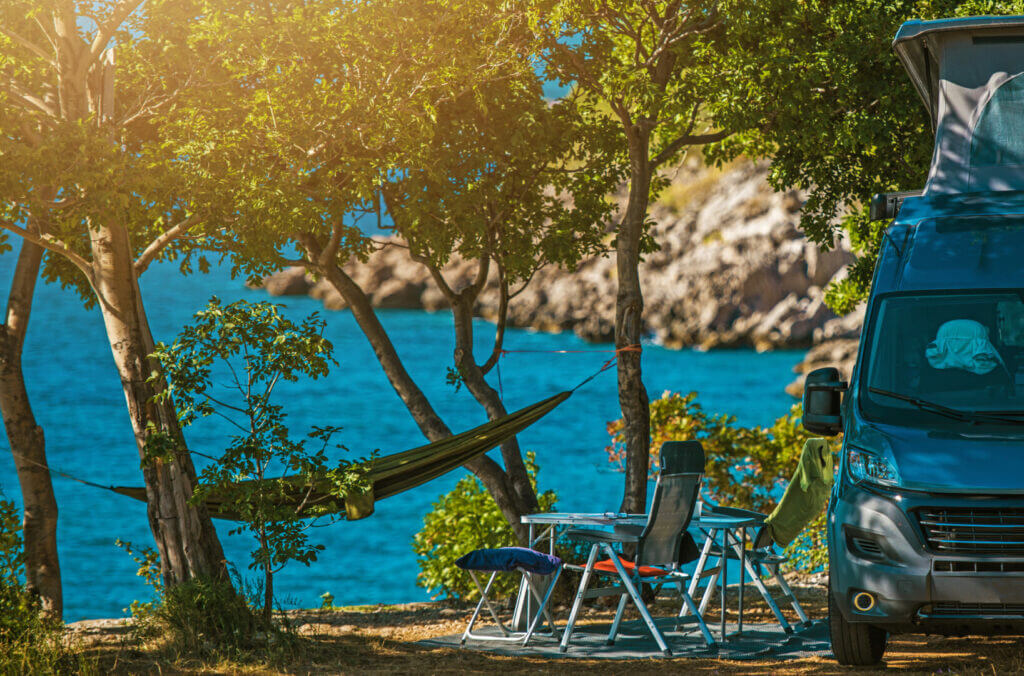
How Long Can You Boondock?
You can typically boondock for 14 consecutive days within a 28-day period. Once you’ve reached your limit in a specific area or jurisdiction, you must move or head to another jurisdiction.
Officials enforce the 14-day stay limit in many areas, with rangers patrolling the camping areas daily. They’re hoping to eliminate squatters and avoid the degradation of natural resources.
Where Do You Shower When Boondocking?
When you’re without hookups, you want to conserve as much fresh water as possible. And, you don’t want to shower much in your RV (if at all) because gray water tank space is precious, too! If you’re boondocking for two weeks, it would be a real pain to have your waste tanks full within three days of your stay.
So what do you do about showering while boondocking?
Some RVers have mastered the art of a quick shower. Others use outdoor solar showers. And some shower like normal but use a portable waste tank so they can drive it to a dump station as needed. You could also find a nearby truck stop or state park to shower in, or even a gym.
The possibilities are endless but will require some creative thinking!
How to Find the Best Boondocking Spots
As RVing becomes more and more popular, so does dispersed camping. Some say it’s the best way to RV! It’s free, and you get to see the most beautiful and remote vistas in the entire country. Here are some resources to find the best boondocking spots.
Campendium
Campendium is a website and an iOS app that has a filter for free camping spots. What’s excellent about Campendium is that you can see cell signal reports for the campsites in the reviews, which is really helpful for boondockers that work from the road.
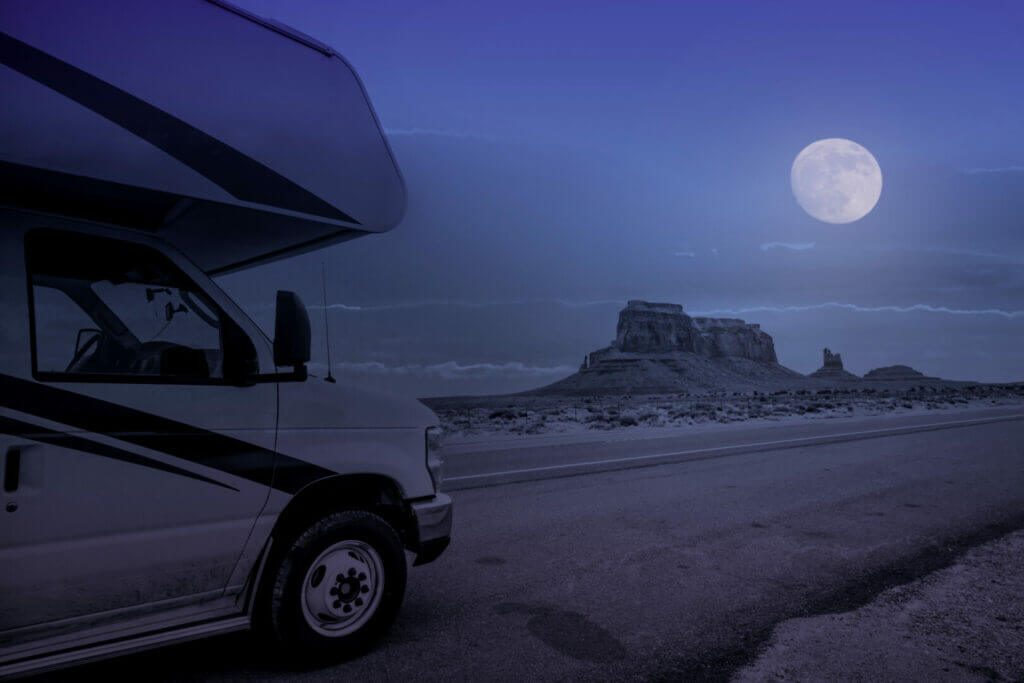
Freecampsites.net
Freecampsites.net has a ton of free camping, and not just BLM or boondocking spots. This website has free camping and overnight parking in cities and pretty much everywhere else!
Be careful when using this website and read reviews to see what size rig the campsite can accommodate. Some campsites here are hike-in or tent camping only.
Local BLM or National Forest Websites
You can use BLM and National Forest websites to find dispersed camping spots in your current area. If you’re having trouble navigating the website, call the local ranger station. They’ll indeed point you in the right direction!
What You Need to Know About Boondocking
Camping completely off-grid is awesome, but it is much different than staying in a campground. You’re typically alone, and you have no facilities or amenities. Here are some things you need to keep in mind when heading out.
You Need a Way to Make Electricity
You must keep your RV house batteries charged, as well as run necessary electronics. RV house batteries might last a day or two on a full charge, but you don’t want to let them sit uncharged while boondocking.
For some, a generator might be just what you need. It can help charge your RV house batteries and power your electronics and even your A/C unit.
Others say solar power is the way to go! Quiet and efficient, it keeps your RV batteries charged all day long when there’s sunlight.
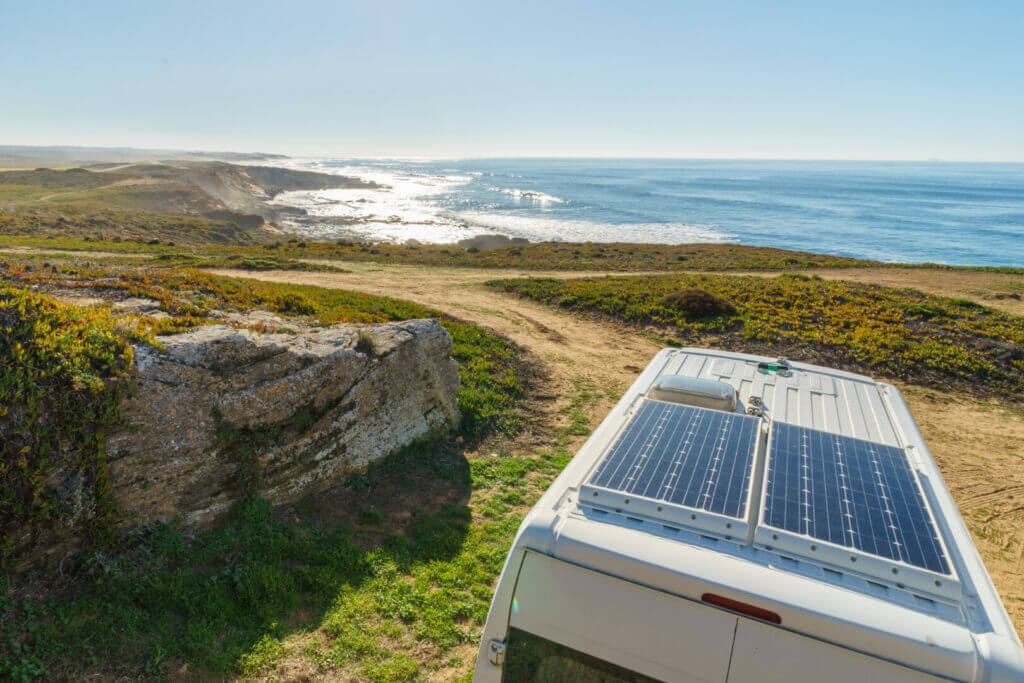
You Need to Conserve Fresh Water
Unless you have an extra freshwater bladder to refill your freshwater tank, you’ll need to be careful with your fresh water usage. Wash dishes and shower sparingly!
You Need to Conserve Black and Gray Tanks
Your gray tank will always be the first wastewater tank to fill up, but be mindful of both your black tank too. Head out with a full fresh tank and empty waste tanks.
Follow many of the same rules you use when conserving fresh water, sparingly using fresh water. And never dump your tanks or wastewater on the ground.
You Need to Take All Your Trash with You
When you’re boondocking, you typically won’t find dumpsters or trash receptacles. So you need to have a garbage management system and take all your trash with you.
Also, don’t leave your trash bags outside your RV. It attracts wildlife and can hurt animals and the environment.
Is Boondocking All It’s Cracked Up To Be?
Boondocking sounds incredible, but it takes much preparation to thrive. For those who love this experience that you’ll never find at a campground, all the planning is so worth it!
The great thing about boondocking is that you can start slow and build as you go. As you learn more about boondocking, you’ll learn more about what you do and don’t need. And you’ll probably start doing it for extended periods, too! Lastly, it’s extremely important to follow a few unspoken rules when boondocking too, so be sure to brush up on those.
Everyone Should Boondock at Least Once
Everyone should try boondocking at least once. How else will you know if you like it?
If you don’t prepare properly, what should be a beautiful and enjoyable experience can turn sour quickly!
If you want to try boondocking, start slowly. Prepare and research your campsite and the reviews carefully. When you’re ready to hit the road, happy camping!



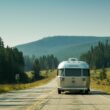

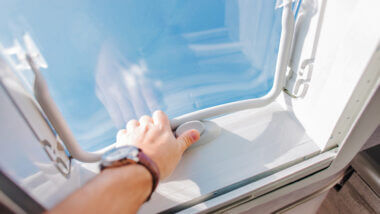
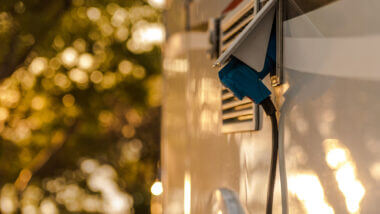
Very informative article. Thank you!